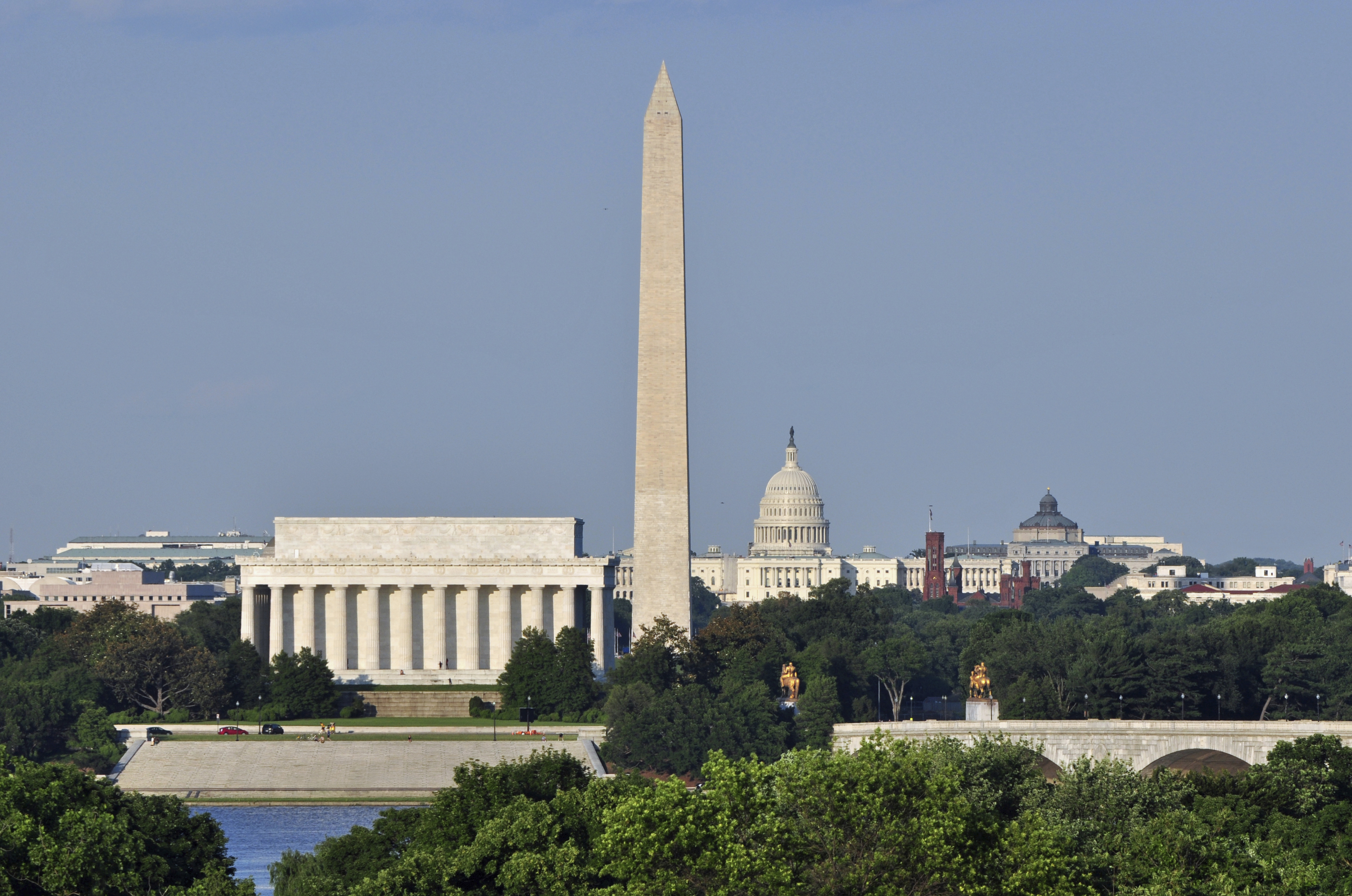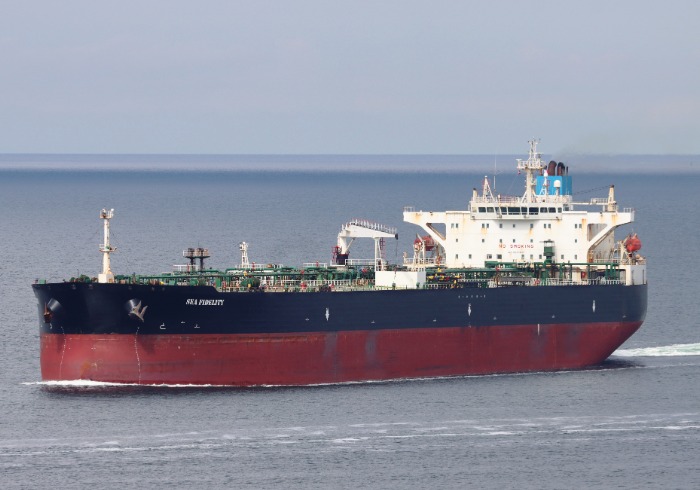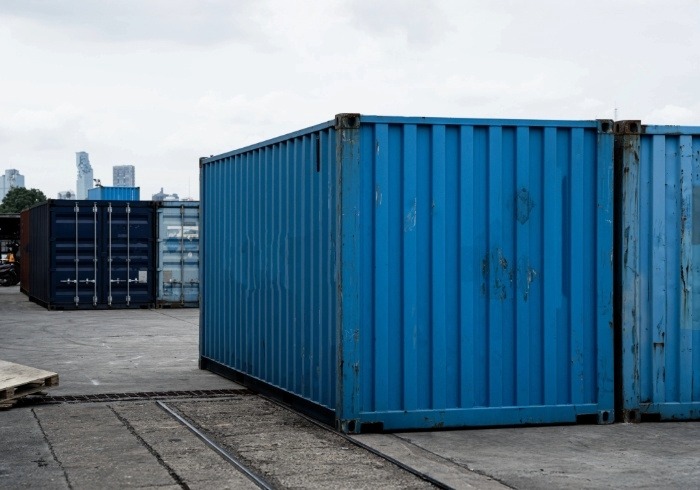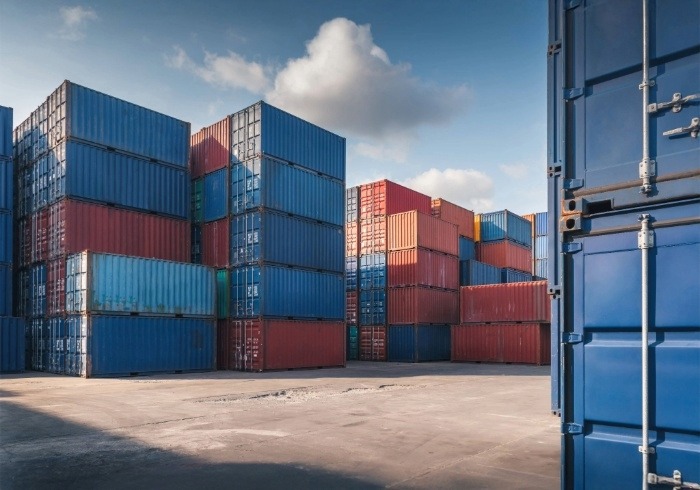Donald Trump proudly told the assembled crowd in the White House’s Rose Garden yesterday afternoon that ‘Liberation Day’ had arrived. But the response from the US’ trading partners has been one of anger.
Secretary-general of the International Chamber of Commerce, John Denton, called it a “watershed moment in American trade policy” and said its full impact would be determined by how other nations respond.
Founder and president of political risk advisory Eurasia Group, Ian Bremmer, was more blunt, calling the reciprocal tariffs “incredibly stupid”.
The tariffs are divided between a baseline 10% tariff on imports of goods from all countries coming into force on April 5, and separate larger tariffs for nations that have especially drawn Trump’s ire, that were due to be effective from April 9.
But on April 9 Trump announced a “90 day pause” to the reciprocal tariffs, instead imposing a 10% flat levy. But he said he was hiking levies on imports from China to 125%, “effective immediately”.
Prior to the pause, hefty tariffs were set to be imposed on imports from major Asian manufacturing hubs, with levies on Japanese goods set at 24%, as well as 46% for Vietnam and 32% for Taiwan.
Chinese goods were initially subject to a 54% tariff, which was then raised to 104%. China, in turn, is currently planning a retaliatory tariff of 84% on all goods imported from the US.
The European Union faces a 23% tariff on all goods imported by the US, but some trading partners such as the UK, Turkey, Australia and Singapore will only see a 10% levy. Previously announced 25% tariffs on all imported automotive vehicles also begin today.
The White House said the measures are equivalent to half of the total tariff burden placed on the US by these countries, factoring in monetary and non-monetary barriers to trade.
The Office of the United States Trade Representative published its methodology for calculating this tariff earlier today. The formula attempts to calculate a tariff value that will bring the US balance of trade with each country to zero.
The Trump administration is “pulling numbers out of the air,” says Gregory Husisian, a partner at Foley & Lardner, speaking to GTR immediately after the press conference. “There’s no way that you could do a comprehensive study of the true amount of tariff, non-tariff barriers and other impediments to selling into dozens of countries in a few weeks.”
No new levies were announced on imports from Canada and Mexico, which already attract a tariff of 25% on goods that are not compliant with their pre-existing trade agreement.
Several sectors have been spared, for now. An executive order released after Trump’s speech includes 37 pages of exemptions, mainly covering metals, critical minerals, lumber, pharmaceuticals and semiconductors.
Additionally, sector-specific tariffs will not apply on top of country-specific ones, meaning importers of European steel, for example, will not have to pay a 45% tariff.
Nonetheless, markets have not reacted well to the news. S&P futures fell 1.7% yesterday, according to financial services company Hargreaves Lansdown, and the UK’s FTSE 100 has seen a similar fall as of press time.
Hong Kong and South Korea’s exchanges closed 1.4 and 1.6 points lower, respectively, while the Japanese Nikkei 225 dropped 2.9%.
“There will be some hopes that now more detail about the widely trailed tariff plan is out in the open, it will provide more clarity for economic forecasts, business strategy and investment decisions,” says Susannah Streeter, head of money and markets at Hargreaves Lansdown.
“However, it’s still unclear to what extent other countries may retaliate with tariffs, and how the trade war could still escalate.”
US trading partners have so far said they are disappointed but are weighing their reactions to the latest tariffs volley. President of the European Commission Ursula von der Leyden said that the bloc was “ready to respond”, and China has promised “resolute countermeasures”.
Australia’s premier Anthony Albanese said the tariffs have “no basis in logic”, and were “not the act of a friend”. Meanwhile other key US allies in the pacific, South Korea and Japan, took more conciliatory approaches. Despite Japanese Prime Minister Shigeru Ishiba saying he was “extremely disappointed” by the tariffs, and South Korea’s industry minister Ahn Duk-geun describing them as “regrettable”, neither country has vowed retaliation, yet.
The UK hopes to strike a deal with the US. Business and trade secretary Jonathan Reynolds told parliament earlier today that government officials are in “ongoing” talks with their American counterparts, and believe “that a deal is not just possible, it is favourable to both countries”.
The department has also invited UK companies to give feedback to the department on how they will be affected by the tariffs, which it says will “shape the UK’s response”. The release says that tariffs are a “last resort”, but that the option is kept open.
Though the short-term outlook is unclear, Husisian believes the reforms are likely to spur trade outside of the US.
“The long term is actually very clear,” he says. “This is going to result in other countries looking to expand trade relationships with each other. Canada is going to be looking to trade more with Mexico and with Europe.
“Europe is going to be looking for ways to trade more with other countries, particularly with China.”
Domestically, Husisian expects the policies to be challenged in the US Supreme Court, likely on the basis of whether the International Emergency Economic Powers Act was properly invoked.
This article was updated on April 9 to reflect changes to US and Chinese tariff policies.








